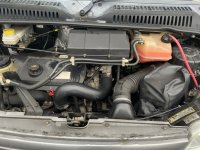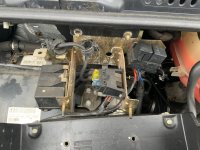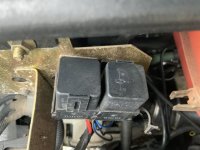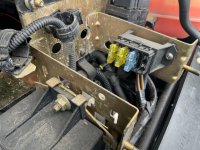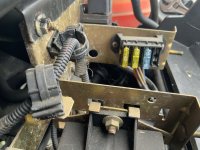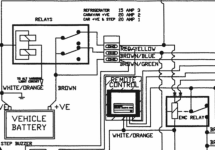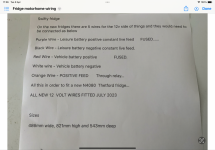wildebus
Full Member
- Messages
- 6,391
Lots of paths and options, some suit better than others depending on situations.So with most of all avenues now explored member wildebus has the answer and that seems the only route to go down.
The multiple arrays and controllers option can be a valid one, but for most having ALL the solar focused on your main use battery (e.g. Leisure) and then diverting some of that to a secondary battery as you choose is usually the most efficient.
There are reasons to have multiples. One example we did on a small camper was to have just two panels on the roof, but with a controller for each, so fully independent. Reason being it was a setup for a vehicle which was going to go on an overland expedition to Mongolia. Who knows what support and backup facilities will be available on that trip in the middle of the Gobi? So having two arrays allowed solar to still work, albeit reduced, if a panel smashed or a controller broke. (For a similar reason, went for dumb Lead-Carbon batteries. No BMS electronics to fail making the battery useless, and also one thing you can always find everywhere is a replacement Lead-Acid battery if it is needed).

